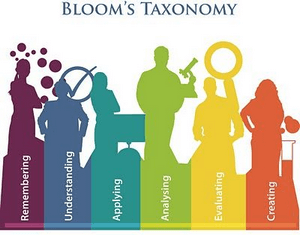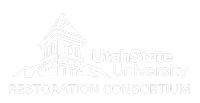Course Descriptions

The learning outcomes for the two capstone courses are related, and build on each other largely helping students understand and gain direct experience in the typical lifecycle of restoration projects.
WATS 5340 - Capstone I
Learning Outcomes for the first semester include:
- Gain direct experience applying knowledge as a watershed scientist to working on real-world aquatic ecosystem restoration and management problems (e.g. stream restoration, watershed management,wetland restoration) with practitioners.
- Provide constructively critical evaluations of various aspects of restoration projects through a mix of peer-review of other student projects and evaluation of real-world projects.
- Build a working understanding of the typical process through which restoration projects are conceived, proposed, planned, permitted and conceptually designed.
- Identify and document specific watershed or ecosystem impairments in relationship to pre-defined management objectives.
- Objectively evaluate and analyze the scientific, political, economic and feasibility tradeoffs of various approaches to restoration in a specific project context and gain an appreciation of working with diverse stakeholders. Synthesize this analysis through a planning process that prioritizes specific restoration and management actions throughout a watershed.
- Develop a vision for a restoration project and propose that solution formally.
- Identify and prepare forms and applications to appropriate regulatory agencies for a specific project to gain appreciation of legal and permitting aspects of projects.
- Create conceptual design alternatives for a specific restoration action.
WATS 5350 - Capstone II
Learning Outcomes for the second semester include:
- Gain direct experience applying knowledge as a watershed scientist to working on real-world aquatic ecosystem restoration and management problems (e.g. stream restoration, watershed management,wetland restoration) with practitioners.
- Provide constructively critical evaluations of various aspects ofrestoration projects through a mix of peer-review of other student projects and evaluation of real-world projects.
- Build a working understanding of the typical process through which restoration projects are designed, constructed, evaluated and adaptively managed.
- Develop a working understanding of different aspects and approaches to restoration design and create two types of design and evaluate their ability to achieve project objectives. Articulate specific, testable design hypotheses for your own designs.
- Develop a pragmatic Adaptive Management Plan for a real project.
- Get first-hand experience constructing & implementing a ‘cheap and cheerful’ restoration project by building structures you designed.
- Understand the principles of Post Project Appraisals and Monitoring and how to evaluate overall restoration objectives and test design hypotheses.
- Apply the evaluation and adjust loops of an **Adaptive Management Plan ** to see how the process of learning-by-doing can work.
Note: The words in italics above refer to specific types of learning objectives (cesnu Bloom’s Taxonomy), whereas the bold words describe the specific topics students will be developing those skills with respect to.

